Sports
La Salle University Statement on the House vs. NCAA Settlement
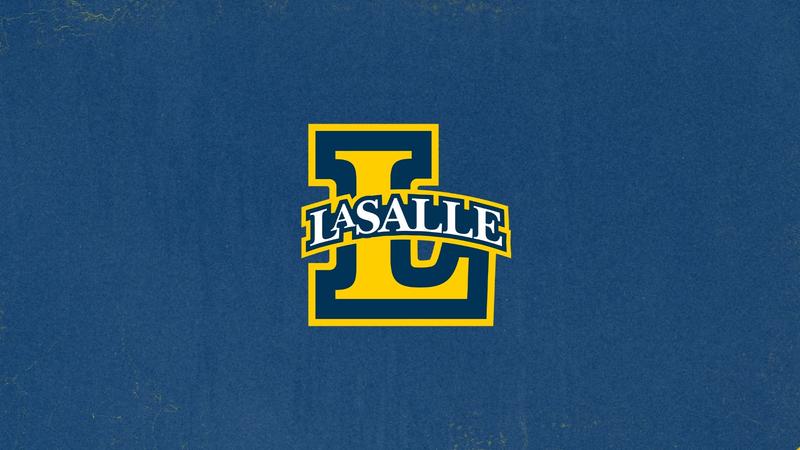
Philadelphia, PA – La Salle University Vice President of Athletics and Recreation and Director of Athletics Ashwin Puri released the following statement regarding the House vs. NCAA settlement:
On June 6, Judge Claudia Wilken provided final approval of the House vs. NCAA settlement, marking a historic shift in college athletics. This class action settlement introduces significant changes, including allowing colleges to directly pay athletes for the first time and providing backpay to former athletes for missed Name, Image, and Likeness (NIL) opportunities. As this settlement demonstrates, college athletics is evolving at an unprecedented pace. For institutions opting into the settlement, the key provisions include:
Key Settlement Provisions
Roster Limits:
- Athletic scholarship limits for each sport will be replaced by new NCAA roster limits for schools opting in.
Revenue Sharing:
- Schools that opt in can directly pay athletes, sharing up to $20.5 million annually in revenue with student-athletes.
Name, Image, and Likeness (NIL):
- Student-athletes must report third-party NIL compensation exceeding $600.
- New rules and regulations will govern third-party NIL agreements, enhancing transparency and compliance.
Additionally, all Division I institutions, including La Salle, are required to provide backpay to former student-athletes who participated between 2016 and 2024. Regardless of their decision to opt in, schools collectively owe approximately $2.8 billion in damages over the next 10 years to eligible former student-athletes.
La Salle University’s Commitment
In light of this landmark decision, La Salle University has chosen to opt into the settlement, aligning with many peer institutions in Division I and the Atlantic 10 Conference.
We are grateful for the leadership of President Daniel J. Allen, University administration, and the Explorer community for their steadfast support of our athletic department. This decision reflects our commitment to college athletics and our student-athletes, positioning us for a promising future.
Supporting the Future
To support our ongoing competitive excellence initiatives, we invite you to contact:
- Drew Young, Chief Athletics Revenue Officer, at youngam@lasalle.edu
- Safet Kastrat, Men’s Basketball General Manager, at kastrat@lasalle.edu
Gifts made to support these efforts are now tax-deductible. We welcome the opportunity to share our comprehensive plan for competitive excellence in this new landscape.
Additionally, no current La Salle student-athletes will lose their opportunity to compete due to roster limits. Beyond the benefits of revenue sharing, we are committed to investing in our facilities, including the newly renovated John E. Glaser Arena. Our current fundraising efforts focus on renovating locker rooms, upgrading competition surfaces, and installing new scoreboards. These initiatives are essential to providing a first-class student-athlete experience. To contribute to these efforts, please contact Drew Young.
Thanks to your continued support, the future of La Salle Athletics is brighter than ever. Together, we will navigate the evolving landscape of college athletics, ensuring success both on and off the field.
Go Explorers!
Ashwin Puri
Vice President of Athletics and Recreation
Sports
Assistant Swimming Coach / Assistant Aquatics Director in Columbia, KY for Lindsey Wilson University

Details
Posted: 23-Dec-25
Location: Columbia, Kentucky
Type: Full-time
Categories:
Coaching
Coaching – Swimming & Diving
Sector:
Collegiate Sports
Lindsey Wilson University seeks an assistant coach for its men’s and women’s swimming and aquatics programs. Lindsey Wilson, a member of the Mid-South Conference and the NAIA, sponsors twenty-nine sports, 37 teams, and has 800+ student-athletes participating in the various programs.
Coaching responsibilities include but are not limited to assisting the head coach with recruitment of student-athletes in accordance with University policy, meet coaching, conduct practices, organize team travel, monitor student-athletes’ academic and social progress, equipment maintenance and purchases, fund-raising and administrative duties required to develop a competitive swimming program. Additionally, the candidate will assist in the daily operations of the Aquatics Center, including programming, safety monitoring, scheduling, and coaching of the University’s age-group teams. Required certifications include: First Aid/CPR/AED Certifications and lifeguard certification (or the ability to obtain LG by June 1, 2026). Lifeguard instructor certification is a plus.
Review of applications will begin immediately. This is a 12-month, full-time position with benefits. Qualifications include a minimum of a bachelor’s degree and previous coaching experience. Preferred candidates will have a working knowledge of the HyTek Systems (Team Manager and Meet Manager), will have a background in collegiate swimming, and will have swim camp or age group coaching experience. A valid driver’s license and the ability and willingness to drive a 15-passenger van is required.
To apply, please submit a letter of interest, resume, and Employment Application to Human Resources, Lindsey Wilson University, 210 Lindsey Wilson Street, Columbia, Kentucky 42728, fax 270-384-7373 or e-mail hr@lindsey.edu.
Lindsey Wilson University is an EOE.
About Lindsey Wilson University
Lindsey Wilson University, located in Columbia, Kentucky, is a member of the Mid-South Conference and the NAIA, sponsors 29 varsity/club sports programs consisting of 37 teams and 800+ student-athletes.
Connections working at Lindsey Wilson University
https://ncaamarket.ncaa.org/jobs/21927445/assistant-swimming-coach-assistant-aquatics-director
Sports
Aggies Add Kaia Castle to 2026 Class – Texas A&M Athletics
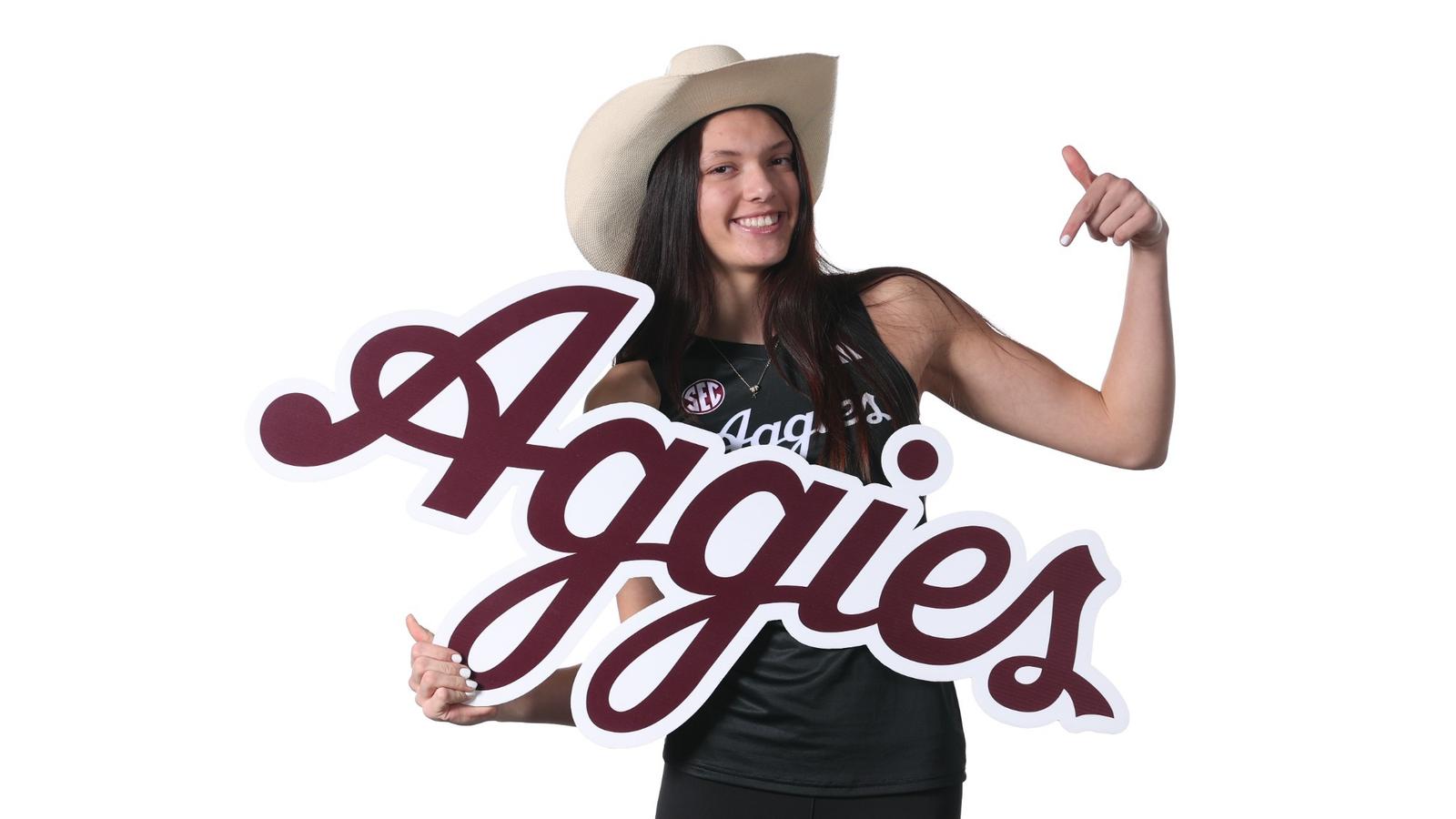
A transfer from Ohio State, Castle joins the Aggies following a productive debut season with the Buckeyes. The middle blocker racked up 200 kills, averaging 1.94 per set. She eclipsed the double-digit kill mark seven times and reached her career-high of 12 twice versus Miami Ohio and Oregon.
“We value speed at the middle blocker position and it’s rare to see someone with Kaia’s length who can move the way she does,” coach Morrison said. “Beyond the physical tools, she is an incredible human. I truly enjoyed every part of the recruiting process with Kaia and can’t wait to have her here in Aggieland.”
Defensively the Buffalo, Minnesota, native recorded 91 blocks on the year, including a staggering 15 in Ohio State’s five-set win over Troy which broke the program’s single-match block record. She surpassed five or more blocks in five separate contests and reached double-digits twice. Her variety of scoring earned her 253 points this season.
Along with her success on the court, Castle is a standout in the classroom as she was named to the 2025 Academic All-Big Ten list and was tabbed an OSU Scholar Athlete.
FOLLOW THE AGGIES
Visit 12thMan.com for more information on Texas A&M volleyball. Fans can keep up to date with the A&M volleyball team on Facebook, Instagram and on Twitter by following @AggieVolleyball.
Sports
Cal Poly Volleyball Ranked No. 21 in Final AVCA Poll
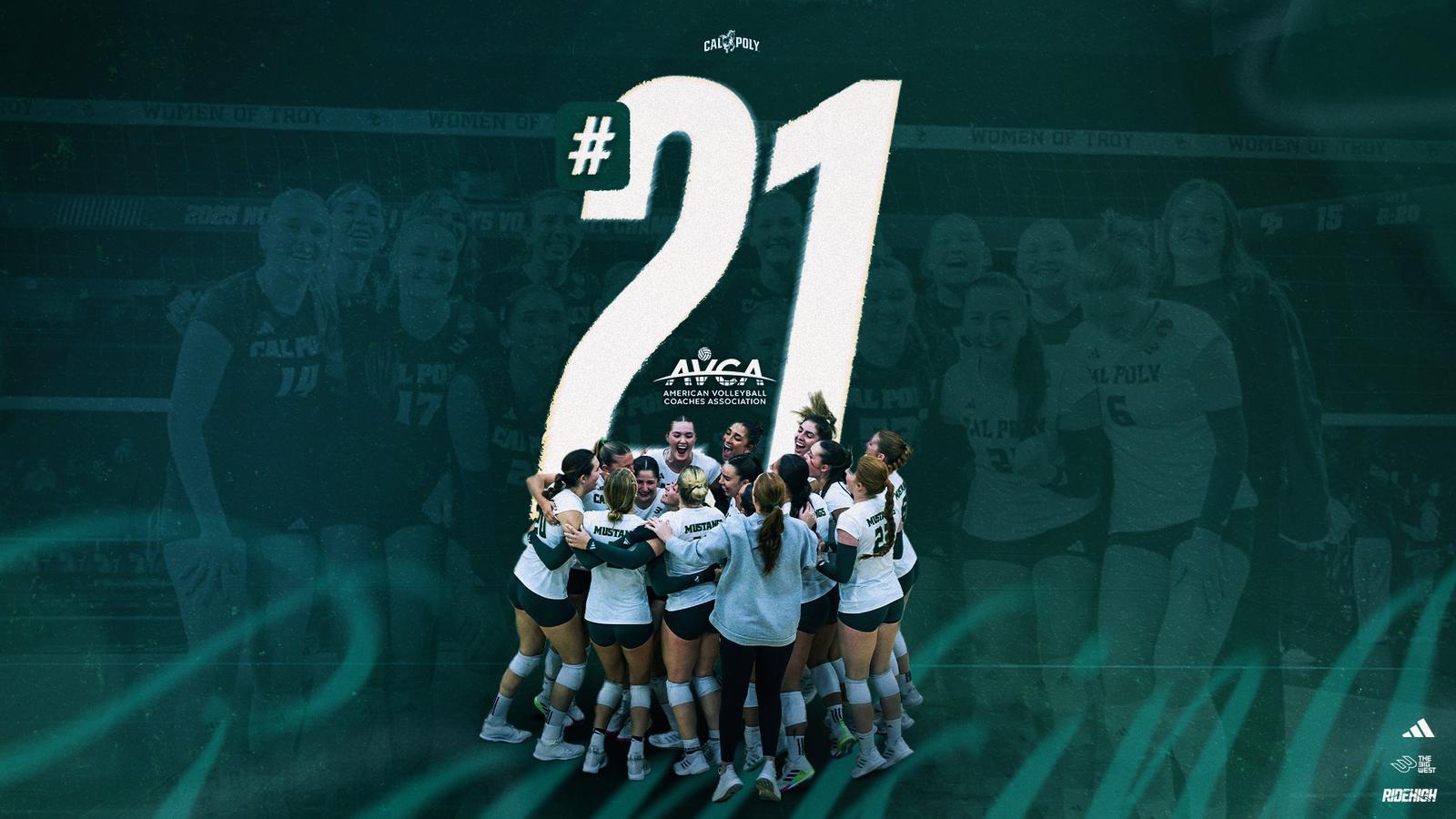
SAN LUIS OBISPO, Calif. — The Cal Poly volleyball program made more history this week, finishing the season ranked No. 21 nationally in the final American Volleyball Coaches Association poll released Monday.
The ranking is the highest by the Mustangs to finish a year since ending the 2007 season at No. 11. This is the 13th time in program history the team has finished a season ranked since the AVCA poll started releasing weekly rankings in 1982.
Overall, this is the highest national ranking for the Mustangs since checking in at No. 13 on Nov. 26, 2018.
The national ranking for Cal Poly comes as no surprise after the team had one of its most successful seasons in program history this fall.
The Cinderella story of this year’s NCAA Volleyball Tournament, Cal Poly upended No. 5 seed BYU and then No. 4 seed USC in five sets to advance to the Sweet 16 for the seventh time in program history and the first time since 2007. USC finished the season ranked No. 17 and BYU 25th. As the lone unseeded team to reach the Sweet 16 this season, Cal Poly made a name for itself nationally during its incredible run.
In the Third Round of the NCAA Tournament, the Mustangs fell to No. 1 seed Kentucky — who finished as the national runner-up — in three sets in the Lexington Regional semifinals, capping off an unprecedented season. Cal Poly ended the year with a 27-8 overall record, the most wins under head coach Caroline Walters and the program’s highest win total since 2017.
Cal Poly secured its spot in the NCAA postseason for the 18th time in program history and first time since 2019 by capturing the Big West Championship. The second-seeded Mustangs dominated host Long Beach State in the semifinals before decisively defeating top-seed UC Davis in four sets in the championship match to secure the program’s seventh conference title in the Division I era.
The Mustangs posted a perfect 15-0 record at home this season, and have won 19 straight inside Mott Athletics Center dating back to last season, the second-longest home win streak in program history.
Sports
Belmont Volleyball Adds Michigan State Transfer Mya Bolton
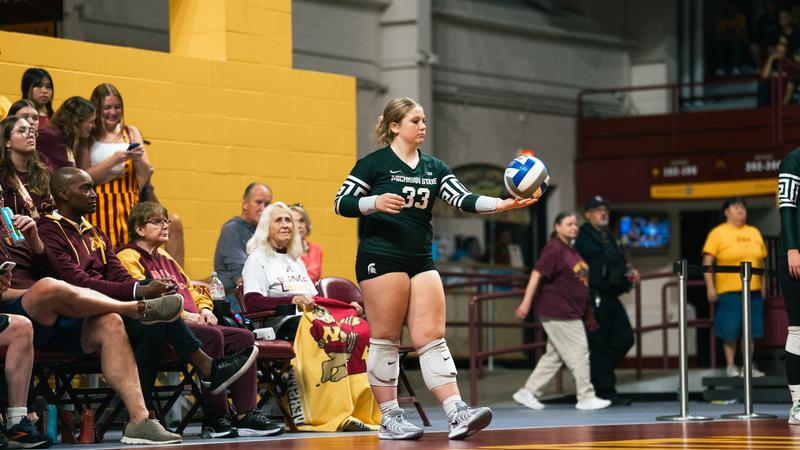
NASHVILLE, Tenn. – Belmont Volleyball signs Michigan State transfer Mya Bolton to its roster ahead of the upcoming spring season.
A sophomore defensive specialist/libero from Shawnee, Kansas, Bolton will wear jersey No. 12, becoming Belmont Volleyball’s first spring 2026 transfer.
Bolton brings valuable experience to Nashville after spending her first two collegiate seasons with the Spartans in the Big Ten. During the 2025 season, she earned Academic All-Big Ten honors while appearing in 53 sets across 22 matches, totaling 35 digs, including a season-high 10 digs at Iowa (Oct. 24).
As a freshman in 2024, Bolton appeared in 55 sets over 21 matches, making one start as a defensive specialist. She finished the season with 59 digs, averaging 1.07 digs per set, and recorded a season-high 12 digs against Illinois (Oct. 12).
Prior to Michigan State, Bolton was a standout at the prep level, earning Second Team AVCA All-American honors as a senior. She was named Second Team All-State in 2023, First Team All-State in 2022, and Second Team All-State in 2021. Bolton was ranked the No. 127 overall recruit by PrepVolleyball and the No. 16 defensive specialist/libero, while PrepDig ranked her No. 134 overall nationally.
Bolton joins the Bruins’ Class of 2028, adding experience, consistency, and depth to Belmont’s back row.
Sports
UND hires David Nguyen as volleyball coach – Grand Forks Herald
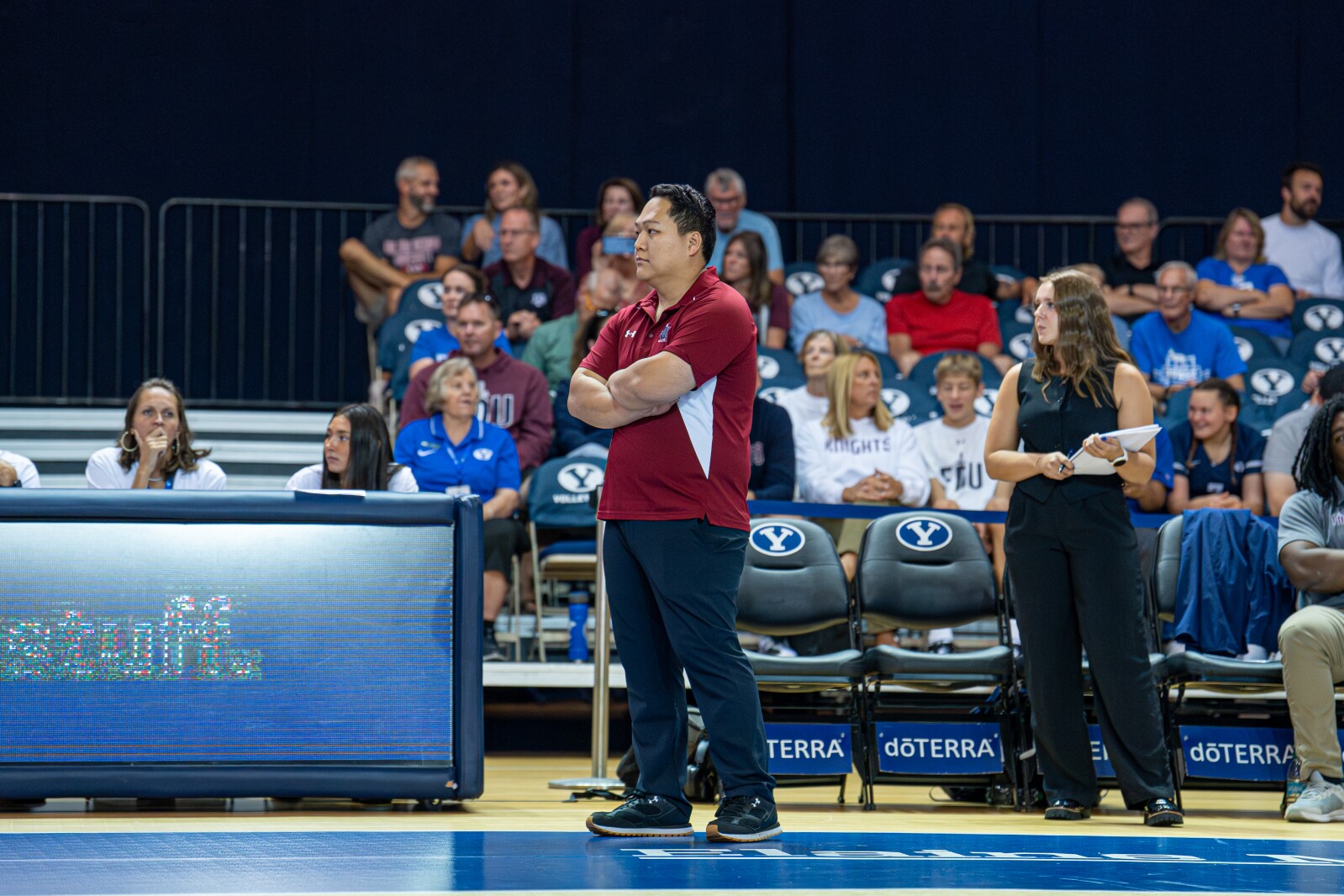
GRAND FORKS — UND has its new volleyball coach.
The Fighting Hawks have hired David Nguyen from Fairleigh Dickinson University in New Jersey.
He replaces Jesse Tupac, whose contract was not renewed at the end of the season.
Nguyen brought Fairleigh Dickinson to the NCAA tournament in 2022 and won the Northeast Conference (NEC) regular-season championship in 2023.
Nguyen was named NEC coach of the year twice in four seasons at Fairleigh Dickinson.
His teams went 9-5, 11-3, 11-3 and 12-4 in the NEC. Before his arrival, Fairleigh Dickinson went 3-11, 2-6, 3-13, 0-14, 1-13 and 1-13 in the NEC.
“What he has been able to do at FDU was nothing short of remarkable in such a short amount of time,” UND athletic director Bill Chaves said. “To be a two-time NEC Coach of the Year and leading the Knights into the NCAA tournament for the first time in their history is something that he and we believe can be replicated at UND.”
Nguyen will have a similar rebuilding project at UND.
The Fighting Hawks have posted eight consecutive losing seasons as the program spiraled from a strong mid-major under Ashley Hardee (2009-13) and Mark Pryor (2014-18) to a floundering team in the Summit League.
UND went 7-20 and 4-12 in the Summit last season. It has not yet won a match at the Summit League tournament since joining the conference in 2018.
“My mission is to provide our student-athletes a first-class experience by being competitive on and off the court,” Nguyen said. “We are going to work together to build a legacy our student-athletes, alumni, fans and donors can be proud of. I am excited to take this next step in my career, and I look forward to building a volleyball family at North Dakota.”

Fairleigh Dickinson athletics
This will be Nguyen’s first coaching venture out West.
He attended Virginia Commonwealth University from 2013-18, serving as team manager. He was the director of operations at Virginia from 2018-19.
Nguyen was hired as an assistant coach at William and Mary in Williamsburg, Va., from 2019-21. He served as an assistant at Coastal Carolina in Conway, S.C., from 2021-22, before heading to Fairleigh Dickinson in Madison, N.J.
UND has a tie with Fairleigh Dickinson. Chaves’ son, Derek, is a graduate assistant at Fairleigh Dickinson this year.

Lexi Woodcock / Fairleigh Dickinson athletics
Schlossman has covered college hockey for the Grand Forks Herald since 2005. He has been recognized by the Associated Press Sports Editors as the top beat writer for the Herald’s circulation division four times and the North Dakota sportswriter of the year twice. He resides in Grand Forks. Reach him at bschlossman@gfherald.com.
Sports
Top 5 Setters from the 2025 AU Pro Volleyball Championship
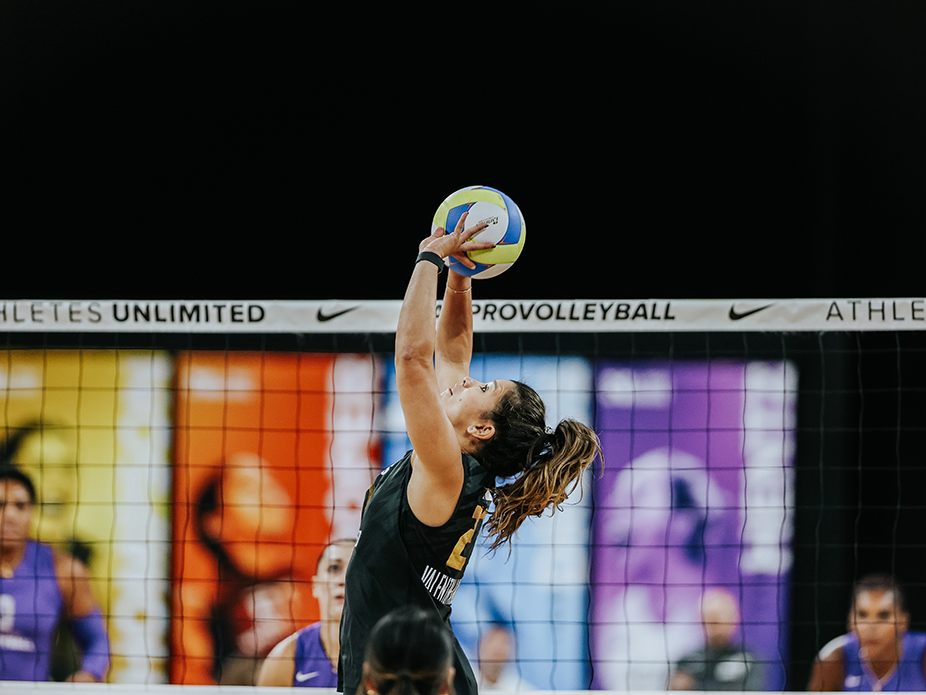
1. Natalia Valentin-Anderson – 436 assists (11.73 per set)
Natalia Valentin-Anderson led the league with 436 total assists and 11.73 assists per set in her fourth AU season. The veteran setter earned 431 of her 2,502 leaderboard points from the assist category alone while serving as captain in Weeks Two and Three and finishing sixth overall.
Valentin-Anderson’s season-high 46 assists came in Week Three versus Team Thompson. Her ability to run the offense while maintaining elite defensive production set her apart. She ranked fourth in the league with 130 digs despite playing the setter position. She extended her own AU Pro Volleyball Championship record by recording her 37th career double-double, including a league-high sixth double-double this season after posting 28 assists and 14 digs. Her well-rounded performance earned her a spot on the 2025 All-Position Team for the second time in her career.
2. Sydney Hilley – 305 assists (9.84 per set)
Sydney Hilley ranked second in the league with 9.84 assists per set and 305 total assists. The former Wisconsin standout finished 10th overall with 2,226 leaderboard points while proving to be one of the most consistent setters in the competition.
Hilley reached her season-high mark of 36 assists twice: once in Week One and again in Week Three. She also contributed defensively with 90 digs (2.9 per set) and added 14 kills.
Madi Bugg – 274 assists (9.13 per set)
Madi Bugg ranked fifth in the league with 9.13 assists per set and tallied 274 total assists across the season. She earned 270 stat points from the assist category while finishing with 2,010 total leaderboard points.
Bugg’s season-high 46 assists came during Week Two against Team Valentin-Anderson in a performance where she also added nine digs. She proved reliable in the back row as well, recording 85 digs (2.83 per set) throughout the championship.
Micha Hancock – 242 assists (9.80 per set)
Micha Hancock ranked third in the league with 9.80 assists per set while recording 242 total assists over 10 matches. She earned 243 stat points from assists and also lived up to her reputation as a setter who can also attack.
Hancock registered 17 kills with her sneaky lefty swing and posed a threat even when she wasn’t dishing the ball to one of her attackers. Her season-high 42 assists came in Week Two versus Team Hentz. She also added 65 digs (2.6 per set).
Marlie Monserez – 210 assists (7.5 per set)
Marlie Monserez made the top 15 on the leaderboard in her second AU season, finishing with 1,402 leaderboard points. She recorded 210 total assists at 7.5 per set while adding 62 digs (2.21 per set) across 12 matches.
Monserez’s season-high came in Week Three versus Team Valentin-Anderson when she posted 37 assists. Whether she came in as a serving sub or a starting setter, her ability to impact the energy on the court was apparent throughout the competition.
Siera Jones is the digital media reporter at Athletes Unlimited. You can follow her on Instagram and X @sieraajones.
-

 Motorsports2 weeks ago
Motorsports2 weeks agoSoundGear Named Entitlement Sponsor of Spears CARS Tour Southwest Opener
-
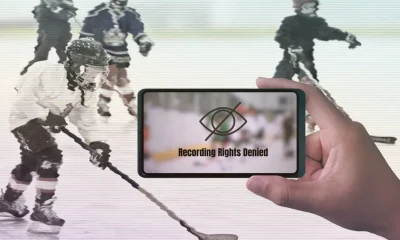
 Rec Sports3 weeks ago
Rec Sports3 weeks agoBlack Bear Revises Recording Policies After Rulebook Language Surfaces via Lever
-

 Motorsports2 weeks ago
Motorsports2 weeks agoDonny Schatz finds new home for 2026, inks full-time deal with CJB Motorsports – InForum
-

 Rec Sports3 weeks ago
Rec Sports3 weeks agoHow Donald Trump became FIFA’s ‘soccer president’ long before World Cup draw
-

 Rec Sports2 weeks ago
Rec Sports2 weeks agoDavid Blitzer, Harris Blitzer Sports & Entertainment
-
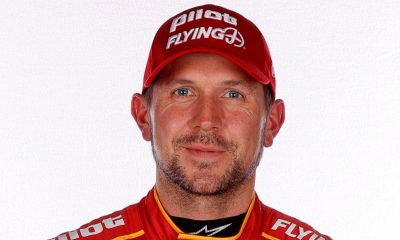
 Motorsports2 weeks ago
Motorsports2 weeks agoJR Motorsports Confirms Death Of NASCAR Veteran Michael Annett At Age 39
-
Sports2 weeks ago
Elliot and Thuotte Highlight Men’s Indoor Track and Field Season Opener
-
Sports2 weeks ago
West Fargo volleyball coach Kelsey Titus resigns after four seasons – InForum
-

 Motorsports2 weeks ago
Motorsports2 weeks agoRick Ware Racing switching to Chevrolet for 2026
-
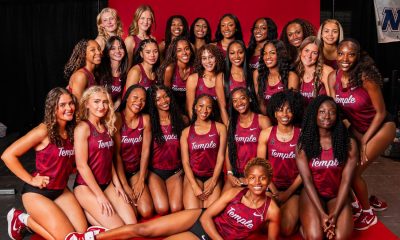
 Sports2 weeks ago
Sports2 weeks agoTemple Begins Indoor Track & Field Season at UPenn This Weekend



































